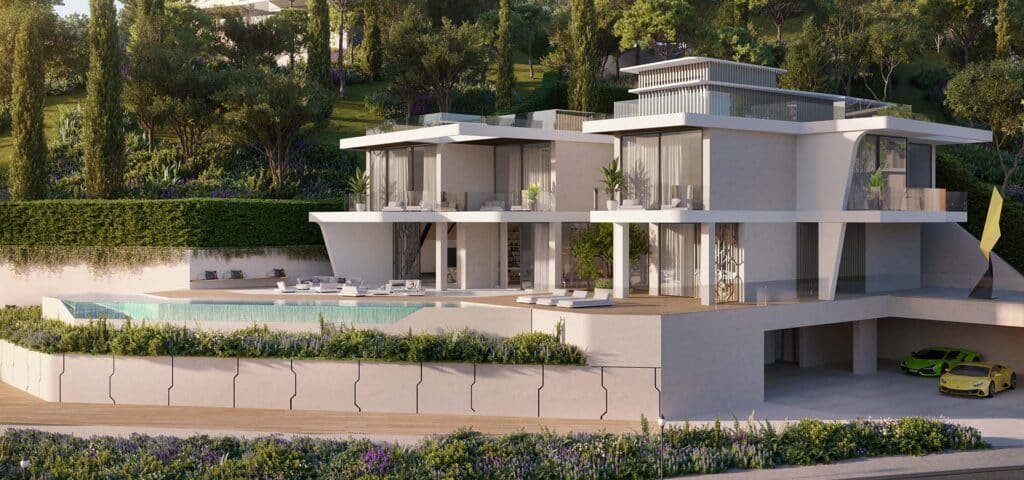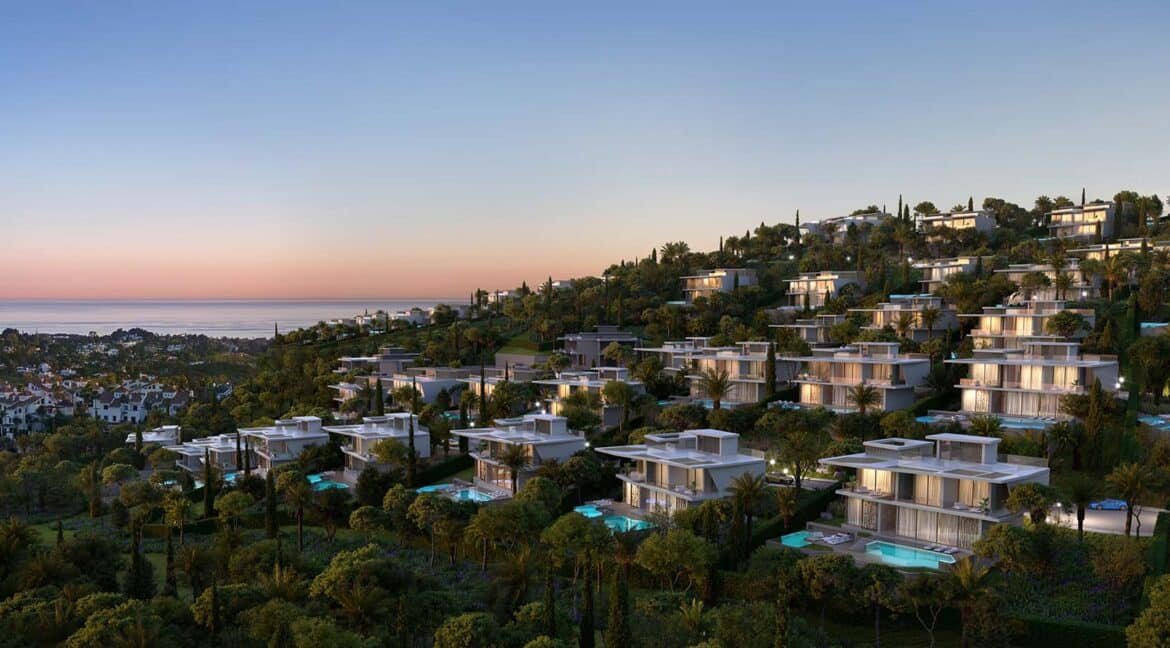Nestled within the sun-soaked landscape of Marbella, Southern Spain, lies an enclave of unparalleled opulence. Streets like Mozart Street and La Zagaleta act as a portal to a world where security cameras stand sentinel over immaculate, parking-free roads. The air is seldom disturbed by pedestrians or traffic, only occasionally graced by high-end cars and private security vans on their rounds.
These exclusive neighborhoods boast some of Spain’s most expensive properties, with an average price nearing €8 million ($8.6 million) in the city of Marbella, and soaring to €10.7 million ($11.5 million) in La Zagaleta, showcasing the epitome of Spanish luxury real estate.
Statistics from Idealista reveal that Marbella hosts five of Spain’s top ten priciest streets, with property prices a staggering 38 times higher than those in other resort towns. Experts attribute this premium to modern, sprawling homes offering breathtaking Mediterranean vistas, easy access to Málaga airport, top-tier international schools, pristine beaches, and a year-round vibrant city life. The recent influx of technology companies has only enhanced its appeal, distinguishing Marbella as a preferred choice over iconic Spanish locales like Mallorca, Ibiza, Barcelona, or Madrid.
However, the extravagant façade is not without its nuances. The security and privacy these enclaves promise have raised concerns about the encroachment of these properties on natural spaces, with some houses encroaching on hillsides, impacting the local ecology alongside the proliferation of over 10,000 swimming pools in the municipality.

While the real estate market is flourishing, there are debates about its impact on the local economy and society. Some gated communities, while enjoying municipal services, restrict access to non-residents..
Interestingly, the demographic makeup of buyers is evolving. Younger families, attracted by permanent residency, are replacing the once-dominant Russian market. This shift is partly attributed to changes in wealth tax policies, where individuals residing on the coast for less than six months a year avoid Spanish government taxes.
Between Marbella, Benahavís, and Estepona, a triangle of luxury on the Costa del Sol, similar landscapes of grandeur unfold. The allure of these neighborhoods, intertwined with concerns and controversies, has piqued international interest. Even luxury brands like Lamborghini, Karl Lagerfeld, and Dolce & Gabbana are partnering in the construction of properties, marking a fusion of fashion and real estate.

El País’ comprehensive coverage brilliantly highlights the thriving dynamics within Marbella’s luxury real estate market. It vividly portrays the extravagant lifestyle while also initiating essential discussions about sustainability, societal impact, and the robust economic dynamics in this realm of unparalleled affluence and exclusivity.
SOURCE:













